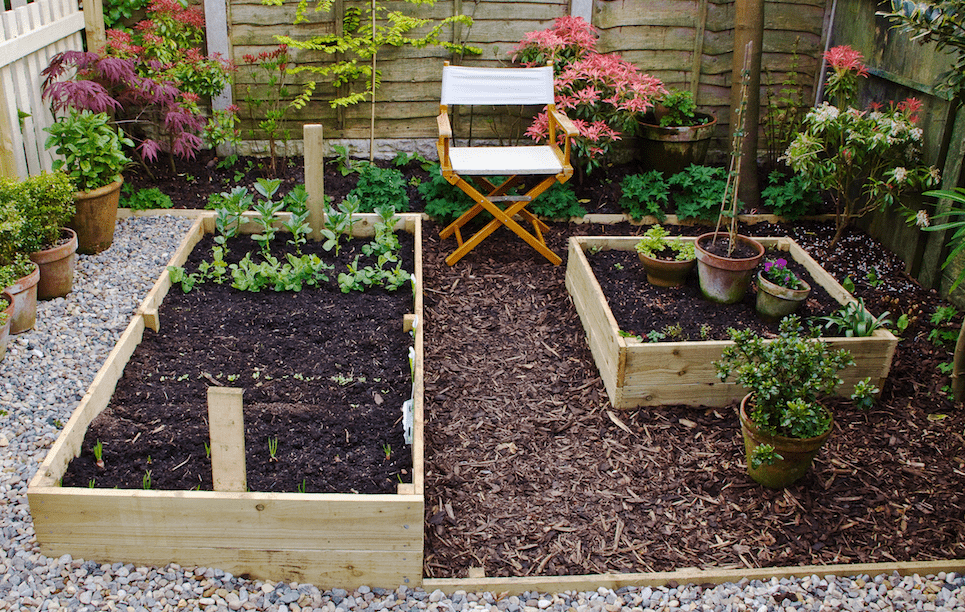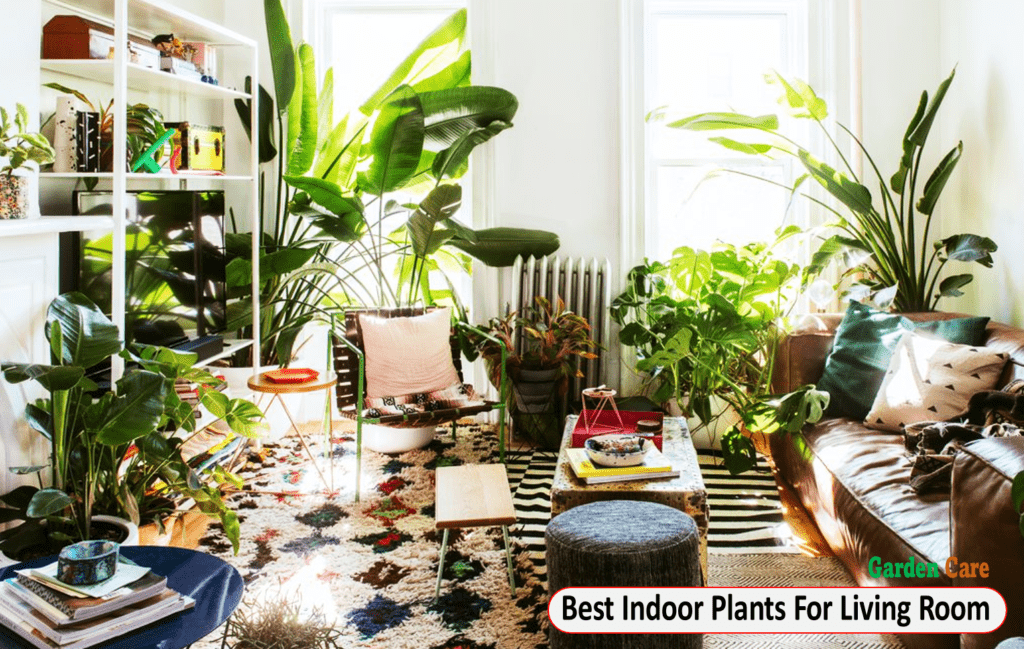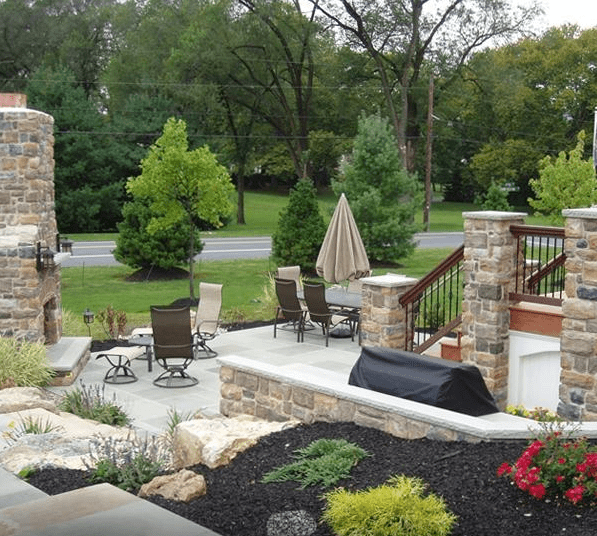Looking for a Vegetable Garden Layout Planner Free? A simple online search can help you find several user-friendly and customizable tools to help you plan and design your vegetable garden layout.
Whether you’re a beginner or an experienced gardener, these free planners can assist you in maximizing your garden space, organizing your crops, and optimizing plant placement for better growth and yield. With features like drag-and-drop functionality, printable plans, and suggested plant pairings, these planners can make the process of designing your vegetable garden simple and convenient.
Get started with your gardening project today by exploring the range of free vegetable garden layout planners available online.
[ez-toc]

Benefits Of A Vegetable Garden Layout Planner
Imagine having a bountiful vegetable garden that is not only visually appealing but also efficiently planned to yield a variety of crops throughout the growing season. One of the most effective tools for achieving this is a vegetable garden layout planner. By utilizing a free vegetable garden layout planner, you can optimize your garden design, making the most of your available space and ensuring a productive, well-organized garden. Let’s explore the benefits of using a vegetable garden layout planner, including how it can save time, maximize space, and facilitate crop rotation.
Save Time
By using a vegetable garden layout planner, you can strategically map out your garden beds and planting schedule. This allows you to efficiently manage your time, ensuring that tasks such as planting, watering, and harvesting are streamlined and well-coordinated. With a clear plan in place, you can eliminate the guesswork and reduce time spent on rearranging or replanting, ultimately maximizing your efficiency and productivity in the garden.
Maximize Space
One of the key benefits of utilizing a vegetable garden layout planner is the ability to maximize the space in your garden. Through careful planning and design, you can effectively allocate space for different crops, utilizing companion planting and intercropping techniques. This ensures that every inch of your garden is utilized for optimal productivity, allowing you to grow a diverse range of vegetables within a limited area.
Plan Crop Rotation
A vegetable garden layout planner enables you to plan for crop rotation, a crucial practice for maintaining soil health and preventing the buildup of pests and diseases. With a well-designed layout, you can easily track the location of different plant families and systematically rotate crops from one season to the next. This proactive approach to crop rotation helps to maintain soil fertility, reduce pest pressures, and promote overall garden resilience.
Factors To Consider In A Vegetable Garden Layout
When planning a vegetable garden layout, there are several important factors that need to be considered to ensure a successful and productive garden. It is essential to take into account the specific needs of each type of vegetable, as well as how they will interact with each other in the garden environment. By carefully planning the layout, you can maximize space, sunlight, and ensure healthy growth for your vegetables.
Sunlight Requirements
Sunlight is an essential factor to consider when planning the layout of your vegetable garden. Different vegetables have varying sunlight requirements, and it’s important to place them accordingly. For instance, leafy greens such as lettuce and spinach thrive in partial shade, while tomatoes and peppers require full sun for optimal growth. Before planting, it’s crucial to identify the sunlight patterns in your garden to ensure that each plant receives the appropriate amount of sunlight for healthy development.
Spacing And Planting Density
Spacing and planting density are crucial aspects of vegetable garden layout planning. Each vegetable has specific spacing requirements, and overcrowding can lead to stunted growth and competition for resources. Understanding the mature size of each plant is essential for determining the adequate spacing between them. Additionally, considering proper spacing allows for efficient air circulation, minimizing the risk of diseases and pest infestations.
Companion Planting
Companion planting involves strategically planting different vegetables together to benefit from their symbiotic relationships. Some plants have natural pest-repelling properties, while others can enhance the flavor and growth of neighboring plants. For example, planting basil alongside tomatoes can improve the flavor of the tomatoes and deter pests. By incorporating companion planting into your vegetable garden layout, you can promote a balanced ecosystem and reduce the need for chemical pesticides.
Step-by-step Guide To Using A Vegetable Garden Layout Planner
Are you ready to take your vegetable garden to the next level? A vegetable garden layout planner can help you organize your space, select the right vegetable varieties, and maximize your harvest. In this step-by-step guide, we will walk you through the process of using a vegetable garden layout planner to create a thriving garden that will leave your neighbors green with envy.
Measure And Sketch Your Garden Space
The first step in using a vegetable garden layout planner is to measure and sketch your garden space. Grab a measuring tape and measure the length and width of your garden area. Once you have the measurements, create a simple sketch of your garden on paper or use a digital drawing tool. Be sure to include any existing features such as fences, trees, or structures. This will help you accurately plan your vegetable beds and determine how much space you have available.
Research And Select Vegetable Varieties
Now that you have your garden layout, it’s time to research and select the vegetable varieties you want to grow. Consider factors such as your climate, the amount of sunlight your garden receives, and your personal preferences. Make a list of vegetables you want to include in your garden. Consider their space requirements, companion planting options, and days to maturity. This will help you determine how many plants you can fit in each bed and ensure proper plant spacing.
Utilize Online Garden Planning Tools
With your garden space measured and your vegetable varieties selected, it’s time to utilize online garden planning tools. These tools can help you visualize your garden layout, calculate seedling quantities, and plan your planting schedule. Some popular online garden planning tools include:
1. GrowVeg: This user-friendly tool allows you to drag and drop vegetables onto your garden plan, automatically calculating plant spacing and providing helpful crop rotation suggestions.
2. Garden Planner: Garden Planner offers a wide range of features, including the ability to customize garden shapes, create crop rotation plans, and track planting dates and successions.
3. Smart Gardener: Smart Gardener is an intuitive tool that provides personalized planting recommendations based on your specific location and climate. It also offers a helpful task list and reminders to keep you on track.
These online garden planning tools will save you time and effort by taking the guesswork out of your vegetable garden layout. So go ahead, unleash your creativity, and design the garden of your dreams!
Tips For Maximizing Efficiency In A Vegetable Garden Layout
One of the best ways to make the most of your vegetable garden layout is by incorporating vertical gardening techniques. By growing plants upward instead of just outward, you can maximize the space you have available. Vertical gardening not only helps you fit more plants into limited space, but it also promotes better air circulation and reduces the risk of disease. You can start by installing trellises or using stakes and cages to support vine crops like tomatoes and cucumbers. Additionally, consider adding wall-mounted planters or using hanging baskets for herbs and smaller vegetables.
Another strategy for optimizing efficiency in your vegetable garden layout is to implement succession planting. Rather than planting all your crops at once, succession planting involves staggering the planting and harvesting of different crops throughout the growing season. This allows you to make the most of your garden’s space and extend the harvest period. For example, as soon as one crop is harvested, you can immediately replant that area with a quick-growing vegetable like lettuce or radishes. By continuously planting in succession, you’ll have a steady supply of fresh produce all season long.
Harvesting Abundance In Your Vegetable Garden
One of the key factors in achieving abundant harvests from your vegetable garden is ensuring proper watering and nutrient management. Many vegetables require consistent moisture levels to thrive, especially during their growing and fruiting stages. Watering your plants adequately helps to prevent issues such as wilting, stunted growth, and reduced productivity. Additionally, providing your garden with the right nutrients helps to promote plant health, strong root development, and high-quality fruits and vegetables.
Here are a few guidelines to help you ensure proper watering and nutrient management:
Watering:
- Water your vegetable garden deeply to encourage healthy root growth. Ensure that the water reaches the plant’s root zone.
- Water your plants early in the morning or late in the evening to reduce water loss due to evaporation.
- Avoid overwatering, as it can lead to root rot and other water-related issues. Check the soil moisture level before watering.
Nutrient Management:
- Test your soil to determine its nutrient content and pH level. This will help you identify any deficiencies or imbalances.
- Based on your soil test results, amend the soil with organic matter or fertilizers to provide the necessary nutrients for your vegetable plants.
- Frequent observation of your plants can help you identify mineral deficiencies, such as yellowing leaves, and take appropriate actions.
Pests and diseases can be a significant obstacle to achieving abundant harvests in your vegetable garden. They can damage your plants, reduce yields, and even destroy your entire crop if left unchecked. Implementing proper pest and disease management strategies will help protect your plants and increase the overall productivity of your garden.
Here are a few tips to effectively manage pests and diseases:
- Regularly monitor your plants for any signs of pest infestation or disease symptoms. Look out for chewed leaves, unusual spots, discoloration, or wilting.
- Encourage beneficial insects and birds that prey on garden pests by creating a diverse and welcoming garden ecosystem.
- If necessary, use organic or chemical pest control methods, such as spraying with insecticidal soap or applying natural predators like nematodes or ladybugs.
- Practice crop rotation to prevent the buildup of pests and diseases in the soil. Avoid planting the same vegetable family in the same spot year after year.
To ensure the continuous abundance of your vegetable garden, it is crucial to regularly monitor and maintain your plants. By observing and addressing any issues promptly, you can prevent potential problems from escalating and causing significant damage.
Here are a few steps to regularly monitor and maintain your garden:
- Inspect your plants and garden beds regularly for signs of nutrient deficiencies, pests, diseases, or other problems.
- Remove any dead or diseased plants promptly to prevent the spread of diseases and to maintain a clean garden environment.
- Weed your garden beds regularly to minimize competition for nutrients and water. Weeds can also harbor pests and diseases.
- Prune and stake your plants as necessary to maintain their vigor, support heavy crops, and improve air circulation.
Implementing these practices consistently will help ensure that your vegetable garden thrives, enabling you to enjoy abundant harvests of fresh, homegrown produce. By following proper watering and nutrient management techniques, effectively managing pests and diseases, and regularly monitoring and maintaining your garden, you can set yourself up for a successful and bountiful growing season.
Frequently Asked Questions Of Vegetable Garden Layout Planner Free
How Do I Layout My Vegetable Garden?
To layout your vegetable garden effectively, consider these steps: 1. Choose a suitable spot that gets at least 6 hours of sunlight daily. 2. Prepare the soil by removing weeds and adding compost or organic matter. 3. Plan the layout based on the plants’ space and sunlight requirements.
4. Ensure proper spacing between rows and plants for growth and airflow. 5. Install markers or labels for easy identification of different vegetables.
What Is The Best Free Garden Planning App?
The best free garden planning app is [app name]. It helps you design and organize your garden digitally. With its user-friendly interface, you can plan, arrange, and visualize your garden effortlessly. You can also get valuable tips and ideas to make your gardening experience more enjoyable and fruitful.
How Do You Arrange Vegetables In A Raised Garden Bed?
Arrange vegetables in a raised garden bed by grouping similar ones together. Place tall or climbing plants on the north side, and short or sprawling ones to the south. Leave enough space between rows for easy access and proper growth.
Consider companion planting to maximize space and deter pests.
What Is The Spacing For Vegetable Garden Layout?
The spacing for a vegetable garden layout depends on the specific plants being grown. Generally, it’s recommended to leave enough space between rows and individual plants to allow for proper growth, airflow, and easy access for maintenance. Research the specific spacing requirements for each vegetable to maximize your garden’s potential.
Conclusion
To sum up, this vegetable garden layout planner is an invaluable tool for any gardener, whether a beginner or experienced. By utilizing this free resource, you can effectively plan your garden, maximizing space and optimizing plant growth. From selecting the right vegetables to determining spacing and succession planting, this planner takes the guesswork out of designing your vegetable garden.
Start using this planner today and reap the rewards of a well-organized and flourishing garden.
Happy gardening!


